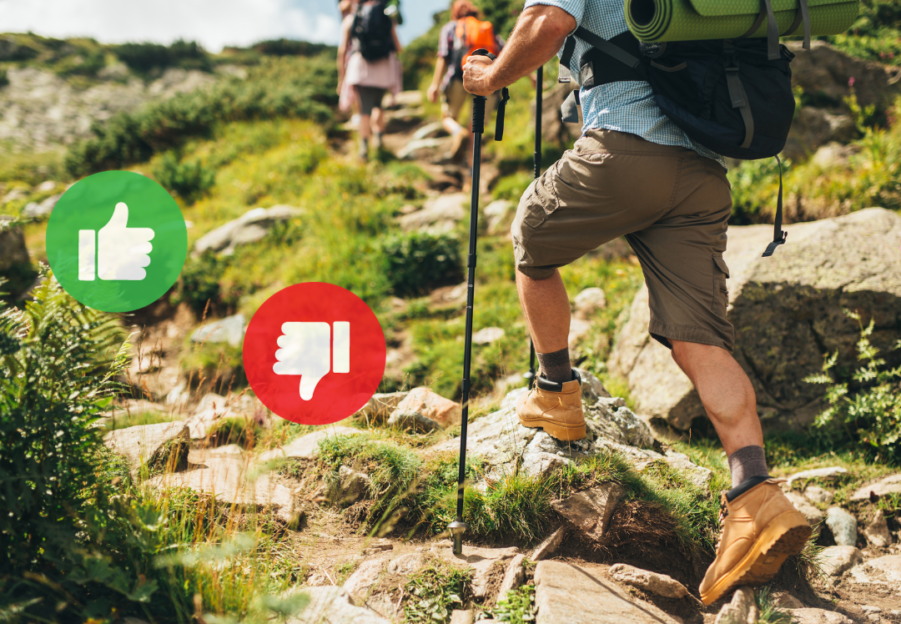Nature is all of our shared heritage. That means that the outdoors are for everyone to enjoy. However, it also means that we need to be responsible in how we do so. Unfortunately, all nature enthusiasts, including myself, have witnessed cases where people enjoy nature in ways that are destructive. With increasing numbers of people using natural areas, especially since the COVID-19 pandemic, it’s important to explore in ways that are safe for you and for your environment. After all, we share the natural world with Earth’s rich biodiversity and have a responsibility to protect it! In this Outdoor Tips post, I’ll run through my top do’s and don’ts for nature lovers.
1. Clean up after yourself.
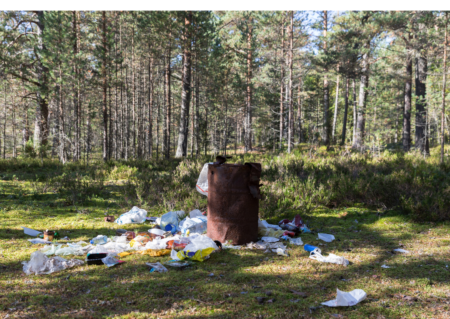
Cleaning isn’t always the most fun or entertaining way to spend your time. But when you’re a guest in someone else’s home, it’s just common decency. Outdoor spaces are the only home that the wildlife around you have, and by leaving a mess behind you can directly harm them. Beyond that, it defaces a beautiful natural area that someone else wants to enjoy as much as you do. Carefully cleaning up after any outdoor recreation is thus the first and perhaps most important of my do’s and don’ts for spending time in nature.
Of course, most people don’t leave trash behind intentionally. For example, I find the small, ripped-off corners of granola bar wrappers nearly everywhere that I hike. I’ve found these little plastic tabs everywhere, from salt marshes on coastal islands to mountain peaks at 12,000 feet (~3600m). Although folks are no doubt packing their granola bar wrappers out with them, they manage to lose that tiny piece.
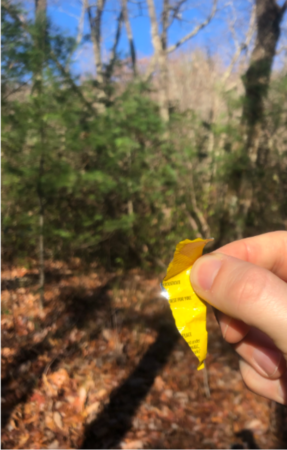
Unfortunately, these small pieces can still make a huge difference. As they break down, especially under ultraviolet light, plastics can leach into the soil. These plastics can make their way into the food chain and accumulate inside of the bodies of organisms. Eventually, that can find its way back to us!
Furthermore, small pieces of plastic often find their way into aquatic ecosystems where they might be eaten by fish other animals. This can directly kill animals or fill up their stomachs so that they can’t eat enough food. This has been a huge problem for seabirds, for example.
Responsible fishing means tidying up when you leave

One of the biggest sources of outdoor trash that I find in my outdoor adventures is fishing. While fishing is a fantastic and relaxing hobby and great way to get to know underwater animals, it can lead to dangerous waste. Like anything else, sometimes things don’t quite go you’re way during a fishing trip. A line might get snagged on a tree, or you may hook a rock or log under the water. Unfortunately, most angler’s solution to this problem is to cut the line.
The result? Loads of plastic fishing line, and often potentially dangerous fish hooks, get left in the environment. This is a hugely harmful form of waste that keeps hurting wildlife long after the line is cut and the angler has headed home. I rarely visit bodies of water nowadays and don’t find rats-nests of fishing line hanging from nearby trees. Because this line is mostly transparent, many animals can’t see it, and will get hopelessly entangled.
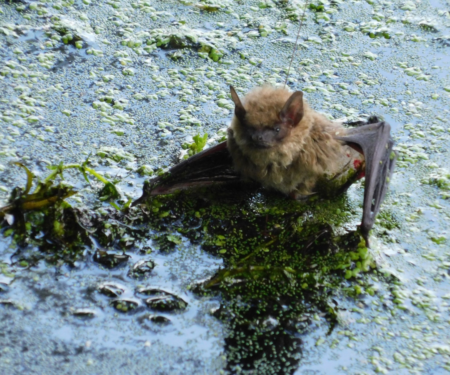
If you get a fishing line stuck in a tree or elsewhere in a natural area, clean it up. If that means having to climb a tree or get your feet wet, so what? You came outside to enjoy the outdoors! Wet feet and a few scrapes here and there are just part of being out in nature.
2. Want to commemorate your visit? Stick to Instagram!
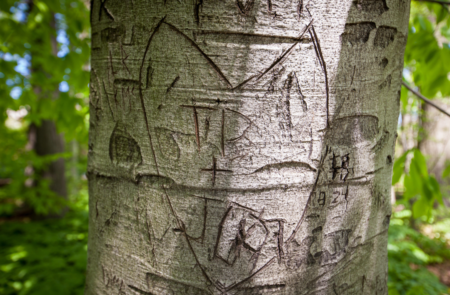
Next up for do’s and don’ts, it’s important to consider how to commemorate your visit. Outdoor experiences can be hugely restorative and transformational, and people typically want to remember them. Unfortunately, this can mean leaving things behind in honor of those special memories. Most of the time, that comes in the form of graffiti on stones or signs, or carvings on trees.
This makes it harder for other people to enjoy a place once you’ve left, and can damage the place itself. For example, the chemicals in markers and spray-paints may poison lichens, mosses, or other life growing on rocks or cave walls. Although it might not seem like it harms a tree, carving into tree bark can lead to dangerous fungal infections. It might take some time to happen, but this can significantly weaken a tree and shorten its lifetime. If a tree is carved many times in the same area, the practice can eventually girdle the tree. This cuts off the flow of sap and will kill the tree.
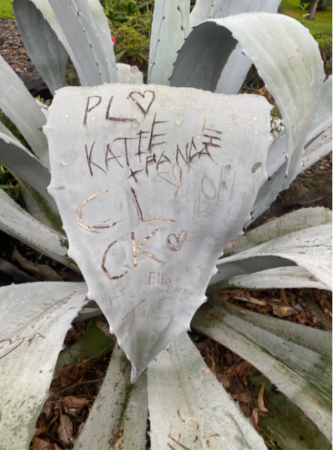
Looking for another way to let folks know “I was here!”? Try making an Instagram post or sharing some selfies elsewhere on Social Media. Leaving a physical reminder of your visit might not seem very destructive, but as more and more people do it every year, the effects can and will be dramatic. While natural areas get more visitors all the time, we aren’t getting new natural areas. We need to care for them so that they last into the future!
3. Don’t play loud music if other people are around.
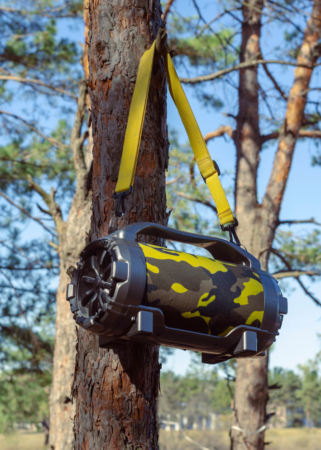
Enjoying nature is a multi-sensory experience. Using all of your senses is one of my top tips for enjoying time outside, and does wonders for having a good sit spot. However, that can be difficult if other visitors are making excessive noise. The advent or portable bluetooth speakers and smartphones has made this a bigger problem than ever before.
While retreating to the woods for some peace and quiet, I have been astonished to find people loudly playing music at a campsite. While many campsites have designated quiet hours, it’s important to keep noise levels under control whenever you aren’t alone outdoors. Feel like shouting your name from a mountaintop? Go ahead! But wait until you’re the only one up there. Otherwise, you may affect others’ enjoyment of that special place.
I have also come across plenty of people listening to music as they hike. Since this usually isn’t as loud, and they are typically moving through, this isn’t as much of a problem. However, one of the best do’s for this don’t is a simple solution: headphones! Portable earbuds or headphones will let you add some music to your outdoor experience without forcing everyone else to listen.
4. Don’t approach wildlife.
While handling some insects, fungi, and plants can be safe, most wildlife are best observed from a distance. Among all the other do’s and don’ts, this may be one of the most important for your own personal safety. As I mentioned in my post on tips for visiting National Parks, many animals can be dangerous if approached. Anything with a mouth can bite, and even small animals like squirrels or mice can inflict a nasty wound if handled.
In addition, closely approaching animals can stress them out. This can affect their behavior, reduce their ability to provide for themselves or their families, or harm their health.
Want to get a closer look while keeping a safe distance away? Pick up a pair of binoculars and check out my post on how to use them for the best results!
5. Minimize collecting, and only do so where allowed.
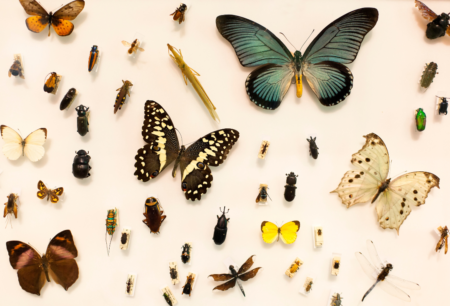
Many nature lovers and naturalists collect specimens to keep track of their nature sightings. For example, some people mount beetles or other insects in collections, or press wildflowers to observe them later. Alternatively, other people may be into wild foraging for things like mushrooms or berries. Like other do’s and don’ts, the problem here isn’t that collecting is bad, but that too much collecting is bad.
As annual visits to natural areas get greater and greater in number, there is the potential for small amounts of collecting to do a lot of damage. If thousands of people each pick a single flower in a single summer, the effects can be large overall. This is especially true for endangered or rare species.
Furthermore, as with things like bird nests, some objects in nature have legal protection in some parts of the world. This can be as a result of the place, for example in a National Park or Wildlife Refuge, or because of local laws.
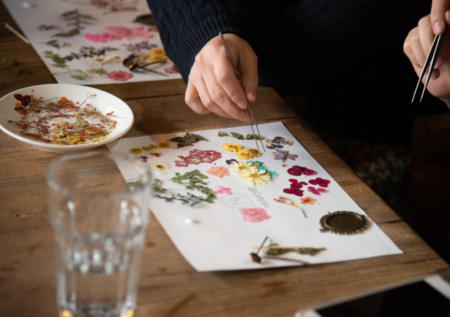
So what is the ‘do’ for this ‘don’t’? First of all, always check the laws and regulations of any natural area you visit before you do any sort of collecting or foraging. Second, and for collecting especially, consider documenting your finds digitally. After all, smartphones have increasingly powerful built-in cameras, and there are lots of great outdoor apps to help you identify and log cool new critters.
6. Stay on marked trails.
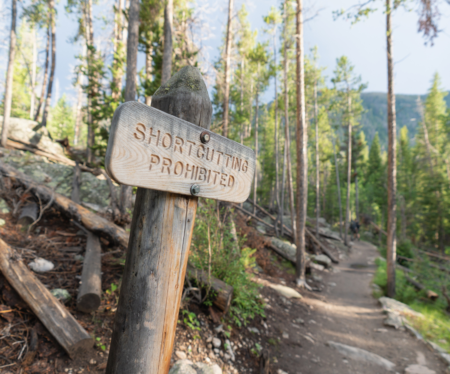
I love exploring new parts of the natural places that I visit. Who doesn’t? On one hike or another, an exciting wildflower or interesting rock formation might be visible some distance off the trail. It wouldn’t be hard to march over and check it out. However, it could be very harmful to the surrounding natural area.
Unfortunately, even small amounts of foot traffic can be damaging to life in the soil. And what lives in the soil? Tons of cool bugs and other invertebrates like roly-polies and springtails, not to mention massive, rich networks of fungi. Many of these fungi are intimately intertwined with the roots of all of the trees, bushes, and flowers around the trail.
Our footsteps compact the soil, causing harm to many of these living things. Furthermore, it makes it difficult for plants and fungi to move through the soil and collect the nutrients that they need. Over the long term, this can really change the vegetative community for the worse. Furthermore, it can shorten the lifespan of trees by making them stressed.
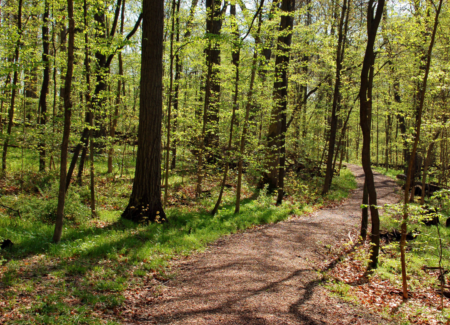
Hiking off trail can also increase erosion, causing soil to wash away in large amounts during storm events. This wears away the trail, can undermine steps and bridges, and degrades the surrounding environment. Vehicle activities like mountain biking, ATVing, and off-roading should all be restricted to established trails, because they are especially damaging.
Of course, if you’re in an area where visitors are permitted off-trail, that is generally ok. Land managers typically have an idea of how many people visit an area at a time. As with many other things, off-trail travel is dangerous for the environment in large amounts. Where a an area is seldom traveled or where there are no trails, it can be perfectly fine.
7. Don’t use playback to attract birds or other wildlife.
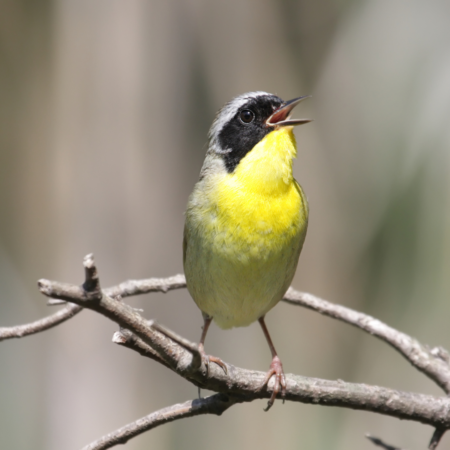
With the advent of fantastic outdoor apps, people have had unprecedented access to nature information at their fingertips. The Merlin bird ID app from the Cornell Lab of Ornithology is one of the best free resources for birdwatchers (if you’d like more birdwatching tips, check out this post!). Many bird-related websites and apps have features that will play back bird songs or calls to help you learn. However, as some people have learned, these playbacks can also attract or agitate birds, making them easier to see.
While this might sound like a great idea, it can be very harmful in the long run. Song playback simulates an intruder on a birds’ territory, which can cause them a lot of stress. That would be like someone walking into your home and playing audio of a voice saying the wanted to rob you! I know that I would be pretty stressed. Over time, playback can make birds abandon their territories and possibly lose nesting opportunities.
If you want to get closer to a hard-to-see bird, try being patient and still for a while. If you don’t move for some time, wildlife will often forget that you are there, or stop being afraid. Then, you’ll have unrestricted views without either of you being stressed out! This is one of the major benefits of using sit spots to enjoy nature. Try it out!
For more info on Merlin and the risks of using playback, check out this episode I recorded with Bob on the Nature Guys Podcast.
Thanks for reading outdoor do’s and don’ts!
Do you have other advice on do’s and don’ts for readers? Share with us in the comments! If you enjoyed this post and would like to support Gulo in Nature, please share it with friends or on Social Media. Thank you!

